Proper installation is critical to the accuracy of your Smart Oil Gauge. Using an incorrect adapter can cause the sensor to give false readings, potentially causing you to run out of oil. In this post, we’ll explain the different types of adapters available for the Smart Oil Gauge. When we’re done, you’ll know exactly which adapter is appropriate for your tank.
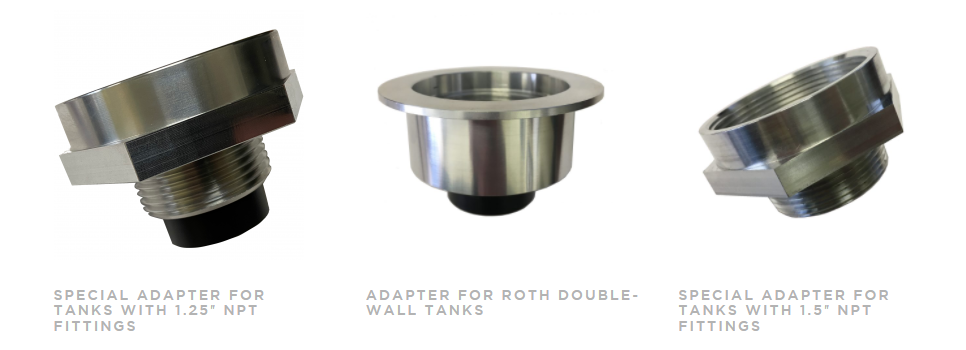
Smart Oil Gauge Dimensions
The body of the Smart Oil Gauge is essentially a pipe nipple: it is a short piece of pipe with threads on the top and the bottom. The thread size is 2″ NPT which actually measures approximately 2.375″ in outer diameter. “NPT” refers to a tapered thread (National Pipe Tapered), which means the threads get tighter as they are screwed into a fitting. Tapered threads are great because once tightened, they can create a good seal. You may be wondering why these threads are 2″ NPT when the outer diameter is actually 2.375″. This is because the 2″ dimension refers to the inner diameter of the threaded pipe, and you will be measuring the outer dimensions.
With the cap screwed on, the total outer dimensions of the Smart Oil Gauge are 2.8″ x 2.8″ x 5.3″. In order to remove the cap and access the batteries, we recommend a clearance of 6.2″ above the oil tank. This ensures you can open the cap with the unit installed.
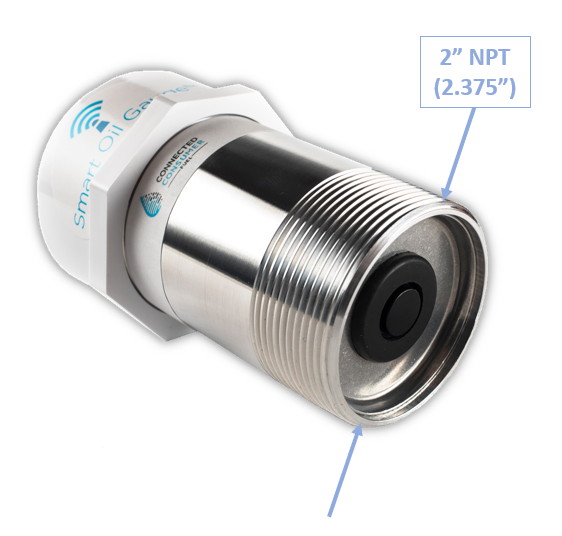
Where to Install a Smart Oil Gauge
You must install the Smart Oil Gauge or adapter directly into the top of the tank. Any raised pipe or off-the-shelf adapter will cause interference for the sensor. If your tank has an existing float gauge, it may be necessary to remove the float gauge to free up an opening for the Smart Oil Gauge.
If your float gauge is part of the vent pipe (see below, right), you CANNOT use this opening for the Smart Oil Gauge. Even with an adapter, the sensor will not be able to see down inside the oil tank to measure the level.
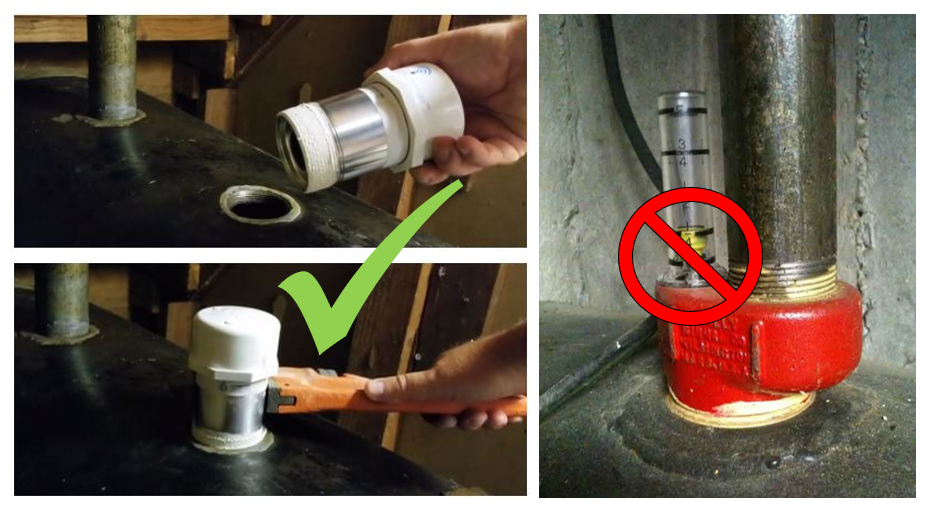
Adapter for the Roth Double Wall Tanks
If you have a Roth Double-Wall Tank, you will most definitely need our adapter (CCF-906). The adapter features an internal guide cone to help the sound wave from the sensor reach the oil level without interference.
The Roth adapter is compatible with the Roth 1000L, 1000LH, 620L and 400L. It is NOT compatible with the 1500L due to an internal baffle in the tank. If you have the corresponding Granby double-wall tank, find the matching Roth model when selecting your tank in the Smart Oil Gauge app.

Adapter for Steel Tanks with Small Fittings
As mentioned above, the standard fitting is 2″ NPT. If your tank is less than 20 years old, odds are it has 2″ fittings. If this is the case, you should not need an adapter.
For older tanks and less common tanks, you may need an adapter.
2 x 1.5″ NPT Adapter:
The 2 x 1.5″ NPT adapter (CCF-905) is our most common adapter. Its threads that mate with the tank measure approximately 1.9″ outer diameter.
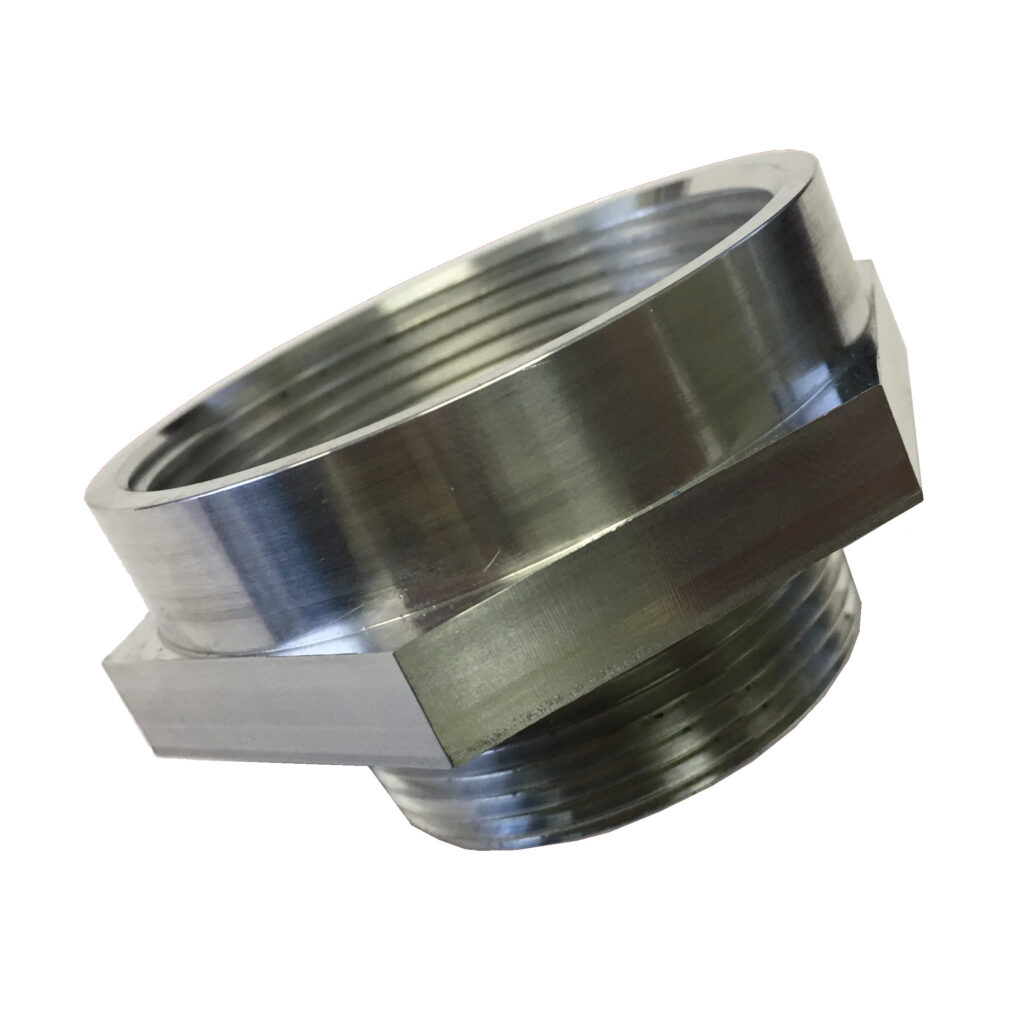
2 x 1.25″ NPT Adapter:
The 2 x 1.25″ NPT adapter (CCF-908) is far less common than the 2 x 1.5″ adapter. It measures approximately 1.5″ outer diameter.
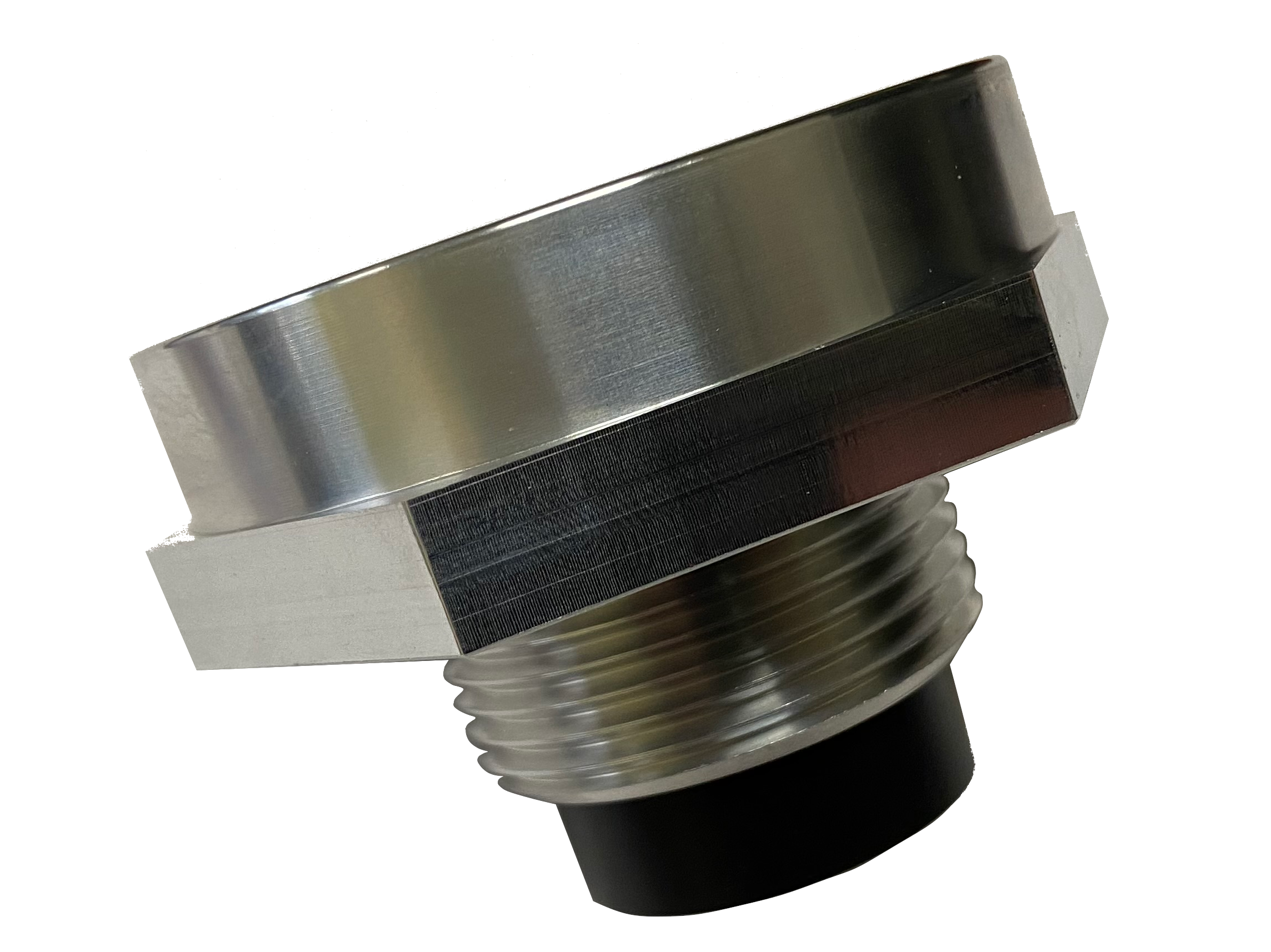
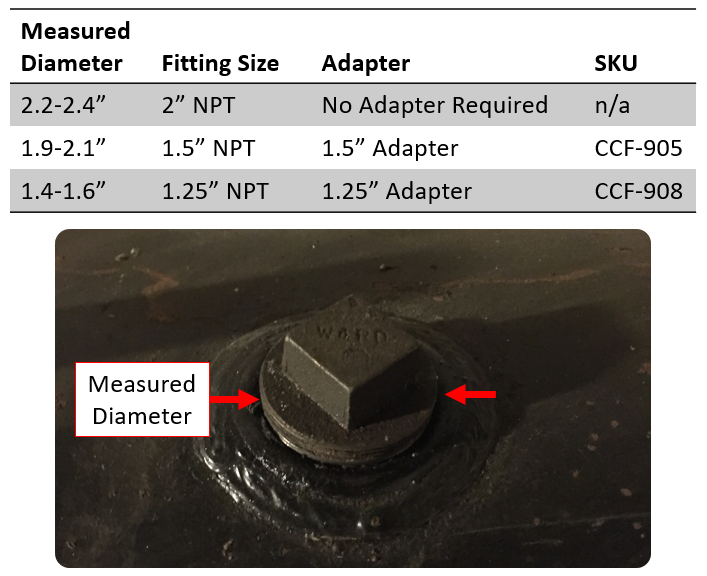
Setting an Offset For Your Adapter
Once you’ve selected the right adapter, you may want to set an offset. Since the adapter raises the Smart Oil Gauge up about an inch, it will affect the level readings. To set an offset, open your Smart Oil Gauge app. Go to Settings >> Tank Style >> Advanced >> Sensor Offset and set an offset of 1.0″ for either the 1.5″ or 1.25″ adapter. No offset is necessary for the Roth adapter.
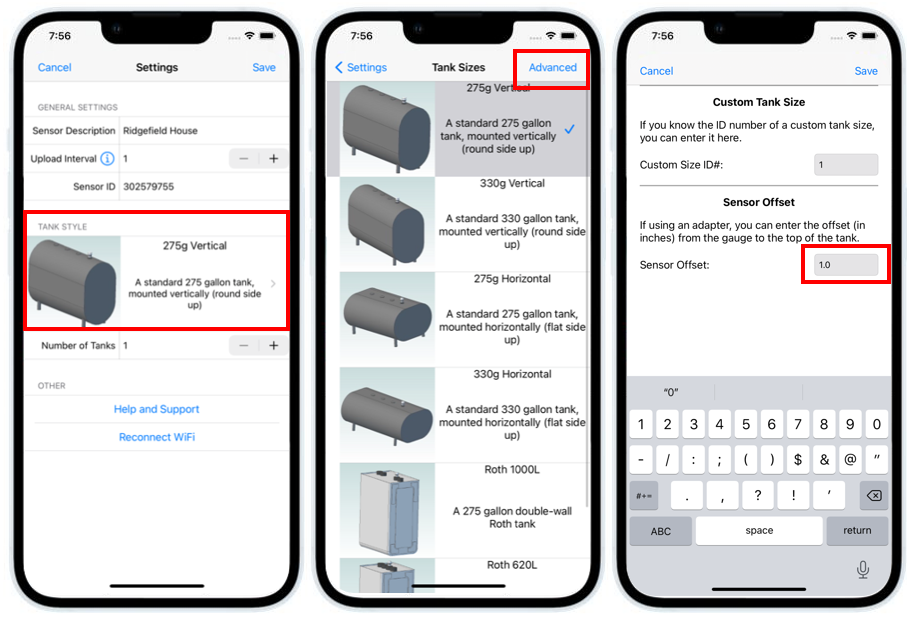
Now that you’ve taken the time to measure the fitting on your heating oil tank, you should now know exactly which adapter – if any – is necessary for your tank. If you’re still unsure, please feel free to email us here with a picture and measurements of your tank and we can help choose the fitting for you.
Happy heating,
Steve



